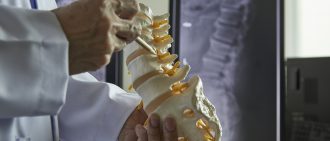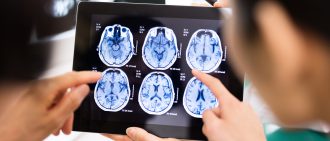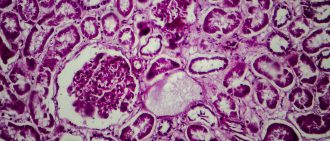-
Video
Jeremiah Fielder-Bailey Survived Two Brain Aneurysms. Now, He’s Focused on the Future
Jeremiah Fielder-Bailey suffered two aneurysms while preparing for work one afternoon. Emergency brain surgery and rehabilitation at UPMC helped him survive. Watch Now
Categorized as: Health Topics A-Z, Neurosurgery and Brain Health
-
Article - 6 Minute Read
Understanding Chronic Stroke and Stroke Recovery
Recovering from a stroke can take a long time. If you or someone you love has had a stroke, here's what you need to know about chronic stroke and recovery. Read More
Categorized as: Health Topics A-Z, Neurosurgery and Brain Health
-
Article - 5 Minute Read
What You Need to Know About ALS (or Lou Gehrig’s Disease)
Find out about ALS symptoms, what causes ALS, and treatments and research happening at the UPMC ALS Center of Excellence. Read More
Categorized as: Health Topics A-Z, Neurosurgery and Brain Health
-
Article - 5 Minute Read
How to Choose a Neurosurgeon
Choosing a neurosurgeon is about asking the right questions. Learn what you need to know to choose the best neurosurgeon. Read More
Categorized as: Health Topics A-Z, Neurosurgery and Brain Health
-
Article - 5 Minute Read
Understanding Surgery for Brain Tumors
Brain surgeons use advanced surgery techniques to remove brain tumors and help you heal faster. Learn more about brain tumor surgery types. Read More
Categorized as: Health Topics A-Z, Neurosurgery and Brain Health
-
Article - 4 Minute Read
Why People Travel to Pittsburgh for Neurosurgery
People travel from across the world to UPMC Neurological Institute for expert care. Learn more about the neurological and neurosurgical care UPMC provides. Read More
Categorized as: Health Topics A-Z, Neurosurgery and Brain Health
-
Article - 8 Minute Read
Understanding Surgery for Pituitary Tumors
The pituitary gland is the body's master gland. When a tumor disrupts its function, you may need surgery to fix the problem. Learn more. Read More
Categorized as: Health Topics A-Z, Neurosurgery and Brain Health
-
Article - 5 Minute Read
Is Epilepsy Surgery Right for You?
When medications don't control your seizures, you have options. Advanced epilepsy surgical options can help you live seizure-free. Read More
Categorized as: Health Topics A-Z, Neurosurgery and Brain Health
-
Article - 5 Minute Read
What Is Frontotemporal Dementia (FTD)?
Frontotemporal dementia (FTD) is a group of disorders caused by damage in the frontal or temporal lobes of the brain. Learn symptoms, causes, types, and more. Read More
Categorized as: Health Topics A-Z, Neurosurgery and Brain Health








